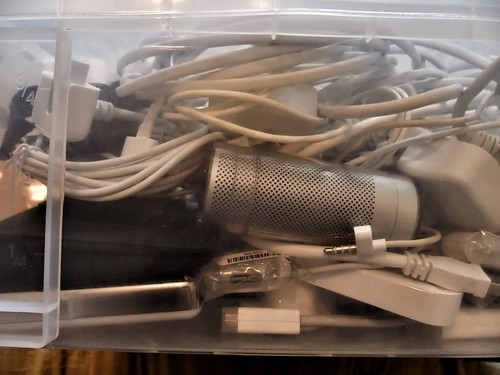
I didn't see any advertising about the programme dramatising the invention of what later became known as radar, which screened earlier in the week. Fortunately it created enough interference for me to download it to watch later.
A cracking little story about Scotsman Robert Watson-Watt, who led the team that designed what later became known as radar. This version was used to defend the British coastline in World War II. Eddie Izzard played Watson-Watt in what was a kind of 'weathermen vs the toffs' story about the project.
It started as an unworkable British ministry plan to produce a 'death ray' by focusing energy onto a target, and turned into overcoming multiple hurdles to piece together the components to build radar.

Izzard's character was tracking thunderstorms using an oscilloscope bridged the ideas to what became the plane detection technology. He walks around with lots of papers, presumably containing contemporaneous references to similar investigations conducted in other countries.
His team had the big breakthrough moments such as using pulses to preserve the otherwise exploding valve amplifiers and using a weatherman inspired trick to bounce signals from the ionosphere to get range. His and Arnold Wilkin's design used short wave radio signals to detect incoming planes 60 miles as the basis for a 20 minute scramble warning during the Battle of Britain.
Some of the story-telling would have befitted a similar yarn told in an old black-and-white war movie, but this didn't detract from something both entertaining and informative.

















